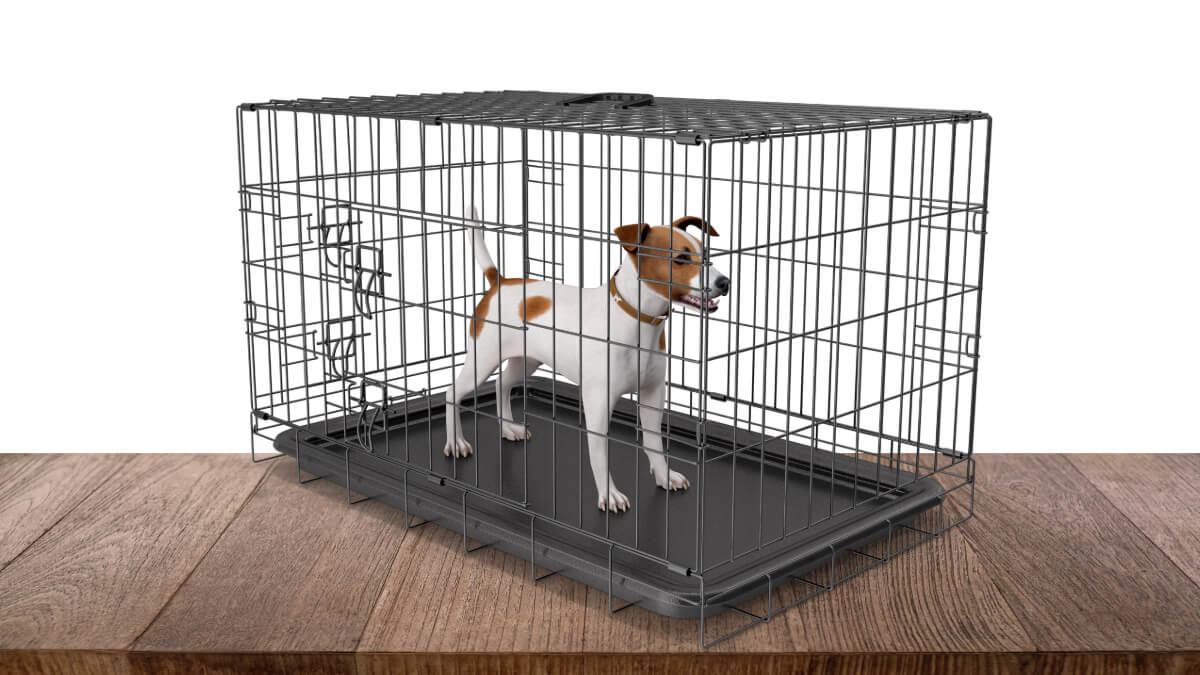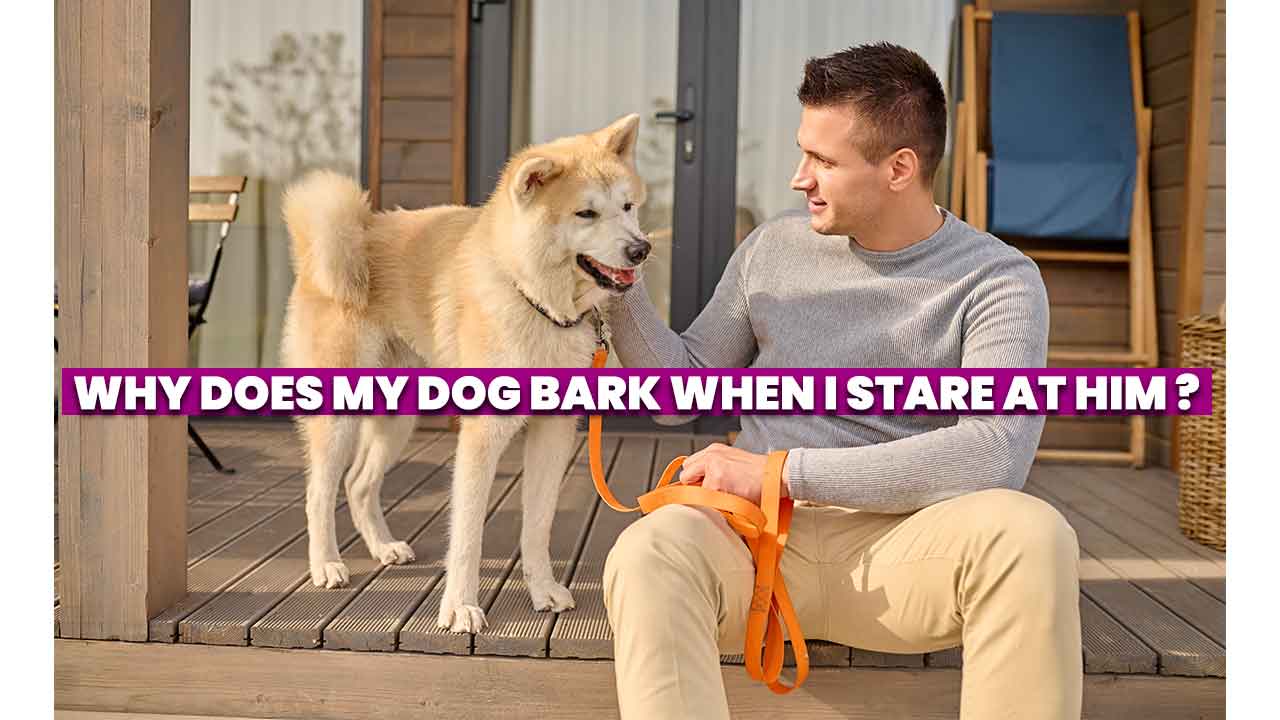How To Stop A Dog Barking In Crate
Table of Contents (How To Stop A Dog Barking In Crate)
Key Takeaways
| Key Points | Strategies |
|---|---|
| Understand the Barking Causes | Identify the specific reasons why your dog is barking in the crate. |
| Optimal Crate Placement | Choose a quiet, yet not isolated area for the crate to minimize barking. |
| Adequate Exercise and Stimulation | Engage your dog in physical and mental activities to prevent boredom-induced barking. |
| Comfortable Crate Environment | Create a den-like atmosphere in the crate to promote calmness and sleep. |
| Ignore Attention-Seeking Barking | Do not respond to barking that seeks attention as it reinforces the behavior. |
| Teach Alternative Behaviors | Encourage non-barking behaviors for gaining attention, like sitting quietly. |
| Consistent Training Approach | Maintain consistency in training and response to barking. |
Introduction
Excessive barking in a crate is a common challenge for dog owners. At EasyDogTrainingMethods.com, we provide insightful strategies to effectively manage and reduce your dog’s crate barking.
Understanding Why Dogs Bark in Crates
To effectively address crate barking, it’s important to understand why it happens. Common reasons include seeking attention, anxiety, or boredom. Knowing these causes can help you choose the right strategy.
Choosing the Right Crate Location
The crate’s placement in your home can significantly impact barking behavior. It’s best to place it in a quiet area that’s not too isolated. This can help reduce the chances of your dog barking excessively.
Ensuring Adequate Exercise and Mental Stimulation
Lack of physical and mental stimulation is a key contributor to barking. Engage your dog in activities and training methods that keep them both physically and mentally stimulated, such as those found in our “Smart X 50 Dog Training” guide.
Creating a Comfortable Crate Environment
Creating a comfortable and inviting crate environment can help reduce barking. Covering the crate to simulate a den-like environment can encourage relaxation and sleep, thus reducing barking.
Ignoring Attention-Seeking Barking
If your dog barks in the crate to get attention, it’s important to ignore this behavior. Responding to it can reinforce the barking. Consistency in your response is vital, as is understanding how to manage distractions, which you can learn more about in our guide “How to Train a Dog to Ignore Distractions“.
Teaching Alternative Behaviors
Teaching your dog alternative behaviors to gain attention, such as lying down quietly, can be an effective strategy. This positive approach to training is similar to the methods discussed in our article on “How to Train Your Dog Not to Bark at Strangers“.
Consistency in Training
Consistency in your training approach is crucial. Ensure everyone in the household understands and follows the same guidelines when responding to your dog’s barking. This uniform approach is essential for effective training, as outlined in our comprehensive guide “Dog Only Listens When I Have Treats“.
Continuing with the second generation of the article for EasyDogTrainingMethods.com, focusing on stopping a dog from barking in a crate:
Additional Strategies for Crate Training
| Strategies | Description |
|---|---|
| Crate Training Routine | Establish a consistent routine for crate time, including regular feeding and exercise schedules. |
| Positive Reinforcement | Use treats and praise to reward quiet behavior in the crate. |
| Gradual Crate Acclimation | Slowly acclimate your dog to the crate to reduce anxiety and barking. |
| Manage the Crate Environment | Ensure the crate is a comfortable and stress-free zone for your dog. |
| Professional Guidance | Seek advice from professional trainers for persistent barking issues. |
Establishing a Crate Training Routine
A consistent routine is essential in crate training. This includes scheduled feeding times, exercise, and crate time. Regular routines help dogs feel secure and understand what to expect, reducing anxiety and barking. For more tips on establishing routines, check out our article on “Dog Doesn’t Want to Walk in the Morning“.
Utilizing Positive Reinforcement
Rewarding your dog for quiet behavior in the crate is an effective way to encourage silence. Treats, praise, and toys can be used as rewards. This positive reinforcement approach aligns with the training methods described in “10 Best Dog Muzzles,” which focus on encouraging desired behaviors.
Gradually Acclimating Your Dog to the Crate
Slowly getting your dog used to the crate can help minimize anxiety and barking. Start with short periods and gradually increase the time they spend in the crate. This method is similar to the training approach in “How to Train a Gluten Detection Dog,” where gradual exposure is key to success.
Managing the Crate Environment
The environment inside and around the crate should be managed to reduce stress and barking. This includes the right bedding, toys, and placement in a quiet area of your home. For ideas on creating a conducive environment, explore our guide on “Dogs Play Keep Away.”
Additional Tips and Considerations
- Monitor for Distress Signs: Pay attention to signs of distress in your dog while crate training. If they seem overly anxious or stressed, it might be time to reassess your approach.
- Creating Positive Associations: Make the crate a positive space by providing treats and favorite toys. This makes the crate a desirable place for your dog.
Conclusion
Training a dog to stop barking in a crate requires patience, consistency, and the right approach. By understanding the reasons behind the barking and implementing these strategies, you can effectively reduce and eventually eliminate this behavior. For more in-depth guidance and training tips, visit EasyDogTrainingMethods.com.







